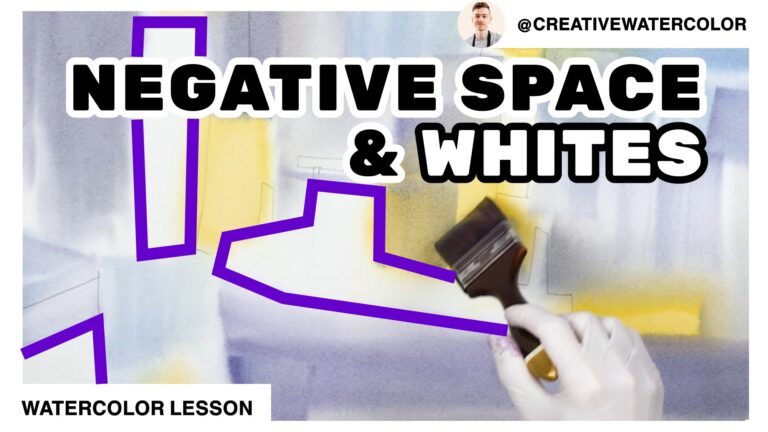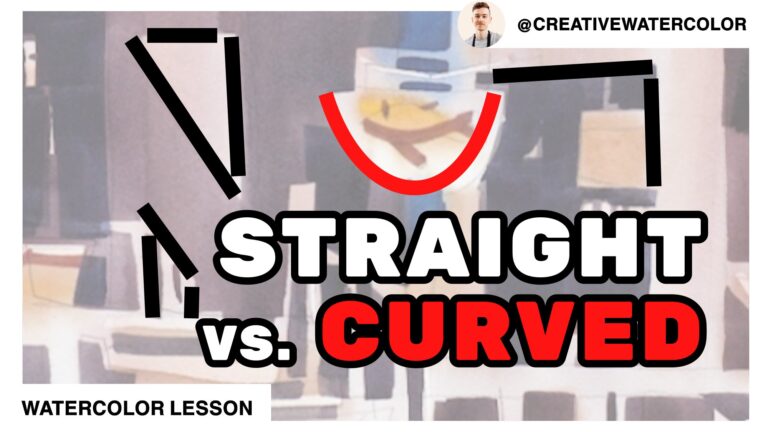How can you learn from your paintings? In this watercolor painting tutorial I discuss a powerful technique that leads to accelerated artistic development.
How Can You LEARN FROM Your PAINTINGS? - Material List
Paints
- Winsor & Newton Winsor Yellow
- Winsor & Newton Permanent Alizarin Crimson
- Winsor & Newton Winsor Blue Green Shade
- + American Journey Joe’s Green (Phthalo)
Brushes
- Robert Simmons Skyflow Synthetic 2″
- ProArte Renaissance Sable 1″
- Winsor & Newton Series 995 Synthetic 1″
- Winsor & Newton One Stroke Sable 1/2″
- Rosemary & Co Pure Sable Series 90 #6
- Webb Liner #4
Paper
- Saunders Waterford 140lb Cold Press, 15″ x 22″
How Can You LEARN FROM Your PAINTINGS? - Reference Images
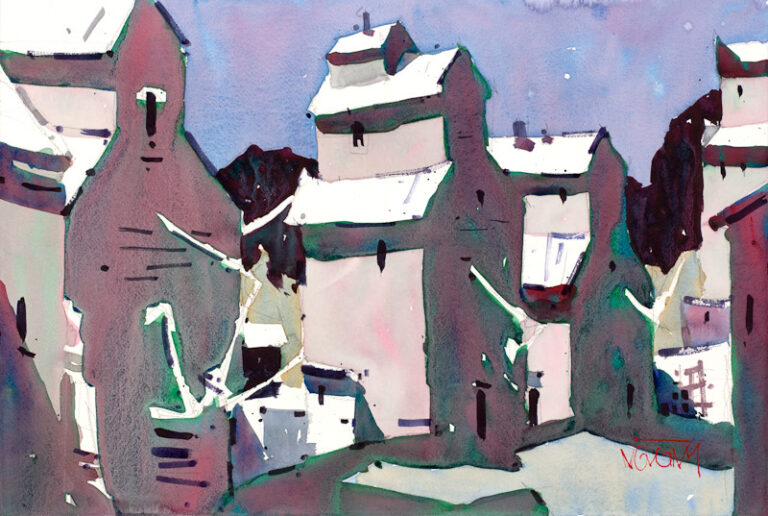
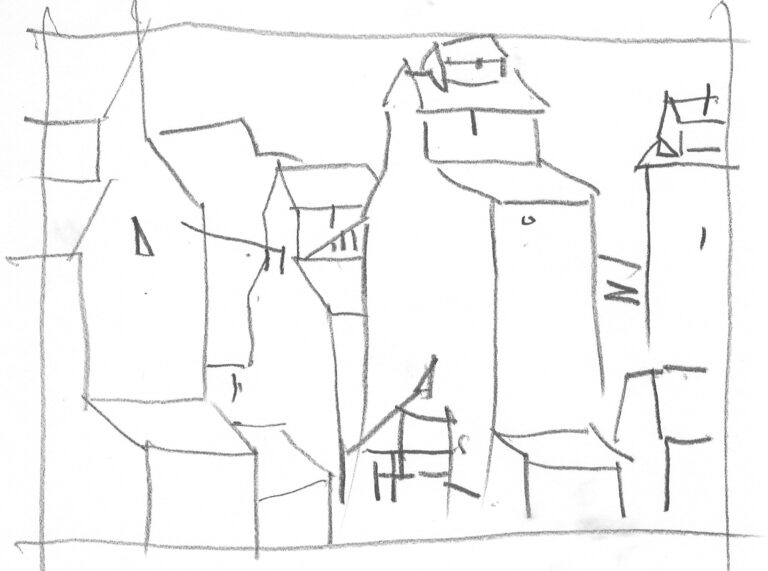
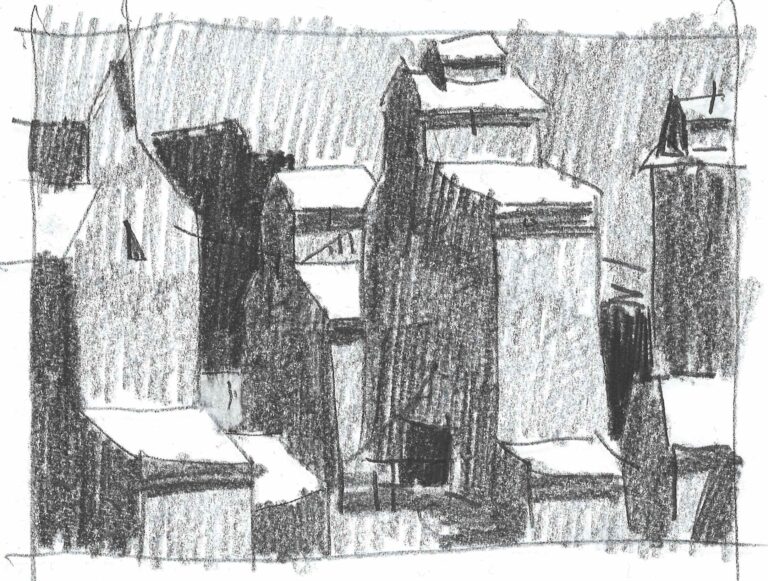
How Can You LEARN FROM Your PAINTINGS? - The Lesson
Hello friends and welcome back to my studio! First of all, I want to thank all of you for your feedback on my videos so far. Your input is very much appreciated and taken into consideration. It helps me keep going the right direction.
These videos are made for you and it’s my goal to make them enjoyable to watch. Right now the most recurring request seems to be the addition of narration. This is something I’m working towards.
Currently I have one narrated demo on my website. If you’re interested to see that, please visit the link in the description. In the future I plan on narrating my YouTube content as well. But right now I hope you can enjoy simply watching these videos with the included rolling text which, by the way, you can also simply read as an article on my website if the format doesn’t work for you – direct link is below every video in the description.
The lesson accompanying this final video in the ‘Montana Grain’ series is going to be fairly short. Afterwards I’ll leave you to enjoy the video uninterrupted because seeing the painting come together is the most satisfying part of the process.
The lesson here doesn’t concern technique, brushwork, colors or composition. I want to talk a little bit about the mindset that helps bring steady improvement to any painter’s practice and it is allowing the painting become the teacher.
What this means in practice is to let the painting talk. I look at my painting and look for mistakes. It’s not that I don’t like the painting but I know I’m not perfect and while there’s a chance that this is a masterpiece, it’s more likely that it’s not. I admit to myself that I want to learn.
The best way to do that is to swallow my pride and let the painting teach me. Through honest analysis my painting can teach me what no book can. If you’ve not done this before you may struggle with asking the right questions. If that’s the case just go through the design elements and principles. Consider the variety of sizes, quality of shapes, harmony of colors and so on. If you do this on a regular basis you won’t need a list. You’ll see connections, patterns and their lack too.
Sometimes in the excitement following a successful painting session the last thing we want to do is focus on the negative. But nothing about this is negative. While during the painting process we utilize our creative side, afterwards it’s time to employ our analytical side. There is no downside to doing this. It only leads to better work. No negative effects at all.
My routine is to have the painting displayed in my bedroom for a few days after it’s finished. I occasionally stop by and look at it. First, I enjoy looking at it, maybe even admire it, sometimes adore it, but after a day or two I start analyzing it. After a week (if it takes that long) I’m able to be so brutally honest that I know all its faults by heart. This is great, because now I am free to look for solutions. I literally repaint the work in my mind’s eye. I know exactly what to fix and how to fix it. This is how you get better. This is how you develop your own work to a new level. This is where you draw inspiration.
I hope that this discussion will inspire you to try this technique. You have nothing to lose and everything to gain. I guarantee it. If you liked the video please leave a like, comment and subscribe and I’ll see you all next week!


